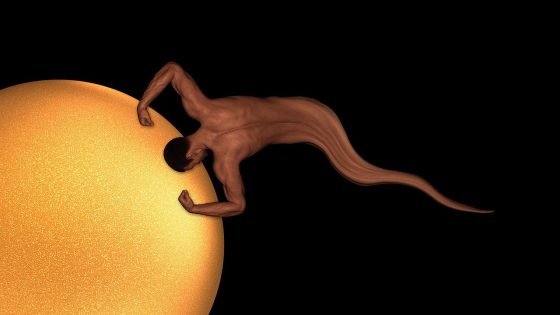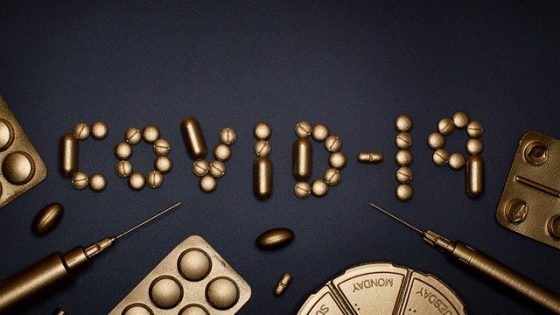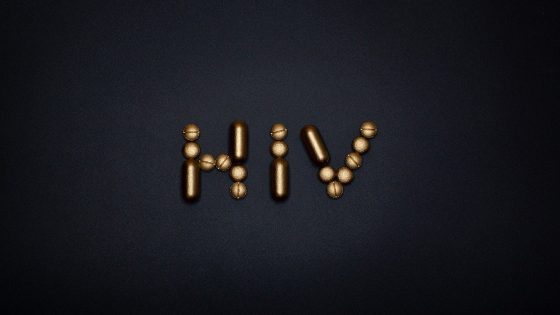distal bile duct
The last part of a duct (tube) called the extrahepatic bile duct. It is outside the liver and carries bile from the liver and gallbladder to the small intestine. The distal bile duct starts where the ducts from the liver and gallbladder join to form the common bile duct. It passes through the pancreas into the small intestine. The distal bile duct is part of the biliary system.
distal colon
The last part of the colon. The distal colon includes the descending colon (the left side of the colon) and the sigmoid colon (the S-shaped section of the colon that connects to the rectum).
distal pancreatectomy
Surgery to remove the body and the tail of the pancreas. The spleen may also be removed. A distal pancreatectomy is usually done to remove benign (not cancer) or malignant (cancer) pancreatic tumors found in the body or tail of the pancreas, but it may also be done to treat chronic pancreatitis and injuries to the pancreas.
distal urethra
The part of the urethra closest to the outside of the body. The urethra is the tube through which urine leaves the body. In women, the distal urethra is approximately the last ½ inch, and in men it is the part of the urethra in the penis.
distal urethral cancer
A rare cancer that forms in the part of the urethra that is closest to the outside of the body. The cancer often has not spread deeply into the tissue.
distant cancer
Refers to cancer that has spread from the original (primary) tumor to distant organs or distant lymph nodes. Also called distant metastasis.
distant metastasis
Refers to cancer that has spread from the original (primary) tumor to distant organs or distant lymph nodes. Also called distant cancer.
distant recurrence
Cancer that has recurred (come back) in another part of the body that is far away from where the original (primary) tumor first formed. For example, if breast cancer recurs in the liver, the cancer cells in the liver are breast cancer cells, not liver cancer cells.
Disthimic Disorder
A chronically depressed mood that occurs for most of the day, more days than not, for at least two (2) years. Individuals with Disthimic Disorder describe their mood as sad or 'down in the dumps'. In children the mood may be irritable rather than depressed and required minimum duration is only one (1) year.
distraction
In medicine, a pain relief method that takes the patient's attention away from the pain.













